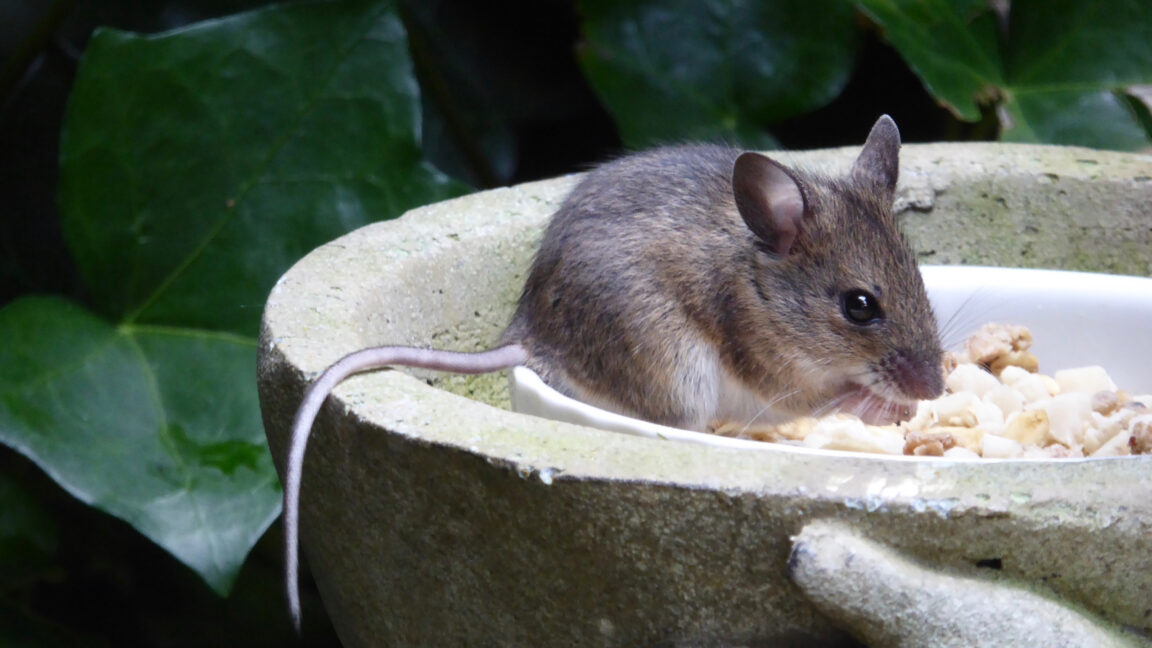
"Wang's team found one of those inactive regeneration genes, activated it, and brought back a limited regeneration ability to mice that did not have it before."
"The idea Wang and his colleagues had was a comparative study to compare how the wound healing process works in regenerating and non-regenerating mammalian species."
"Both rabbits and mice will heal the wounds after a few days; however, between the 10th and 15th day, you will see the major difference."
"The healing process began in the same way in rabbits and mice, forming a blastema, but rabbits demonstrated significant tissue production unlike mice."
Research led by Wei Wang explores the lost regenerative ability in mammals, using axolotls and rabbits as key examples. Wang's team discovered and reactivated a dormant regeneration gene, granting limited regenerative capacity to mice. By comparing wound healing processes in rabbits and non-regenerating mice, the study revealed that both species initially respond similarly, but significant regenerative differences emerge. This research could pave the way for advancing tissue regeneration techniques in mammals by understanding cellular mechanisms in species that retain regeneration capabilities.
Read at Ars Technica
Unable to calculate read time
Collection
[
|
...
]